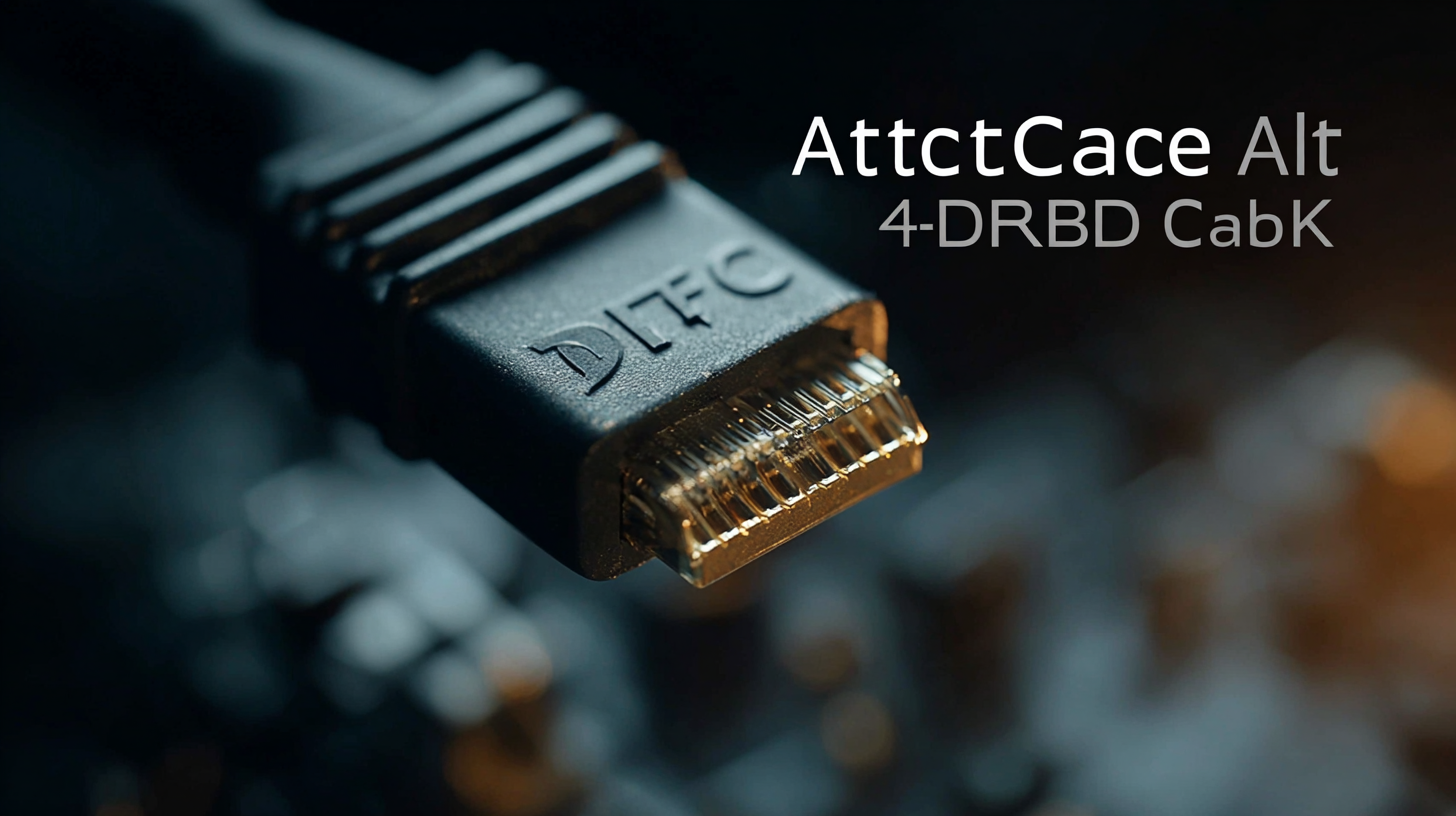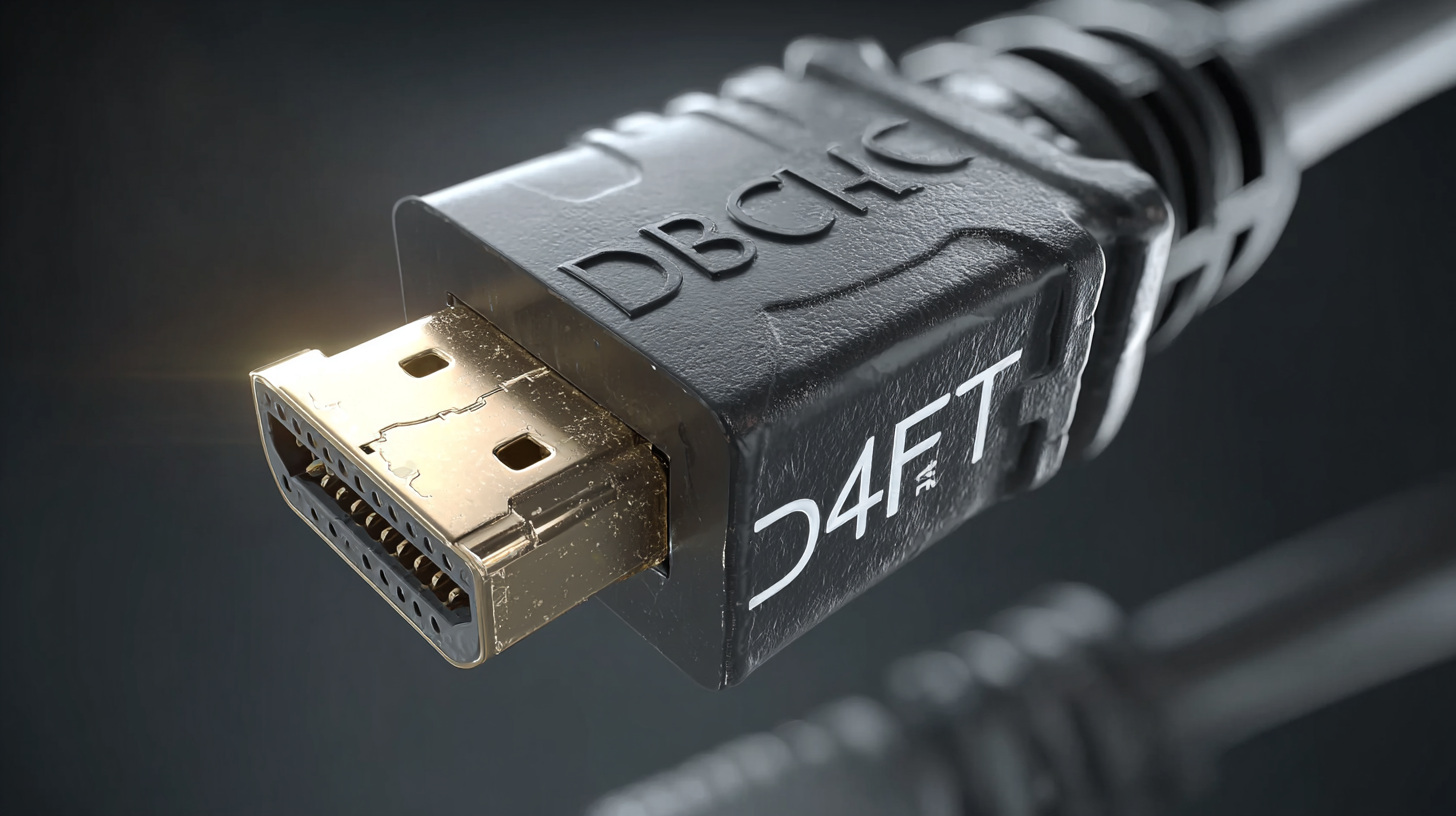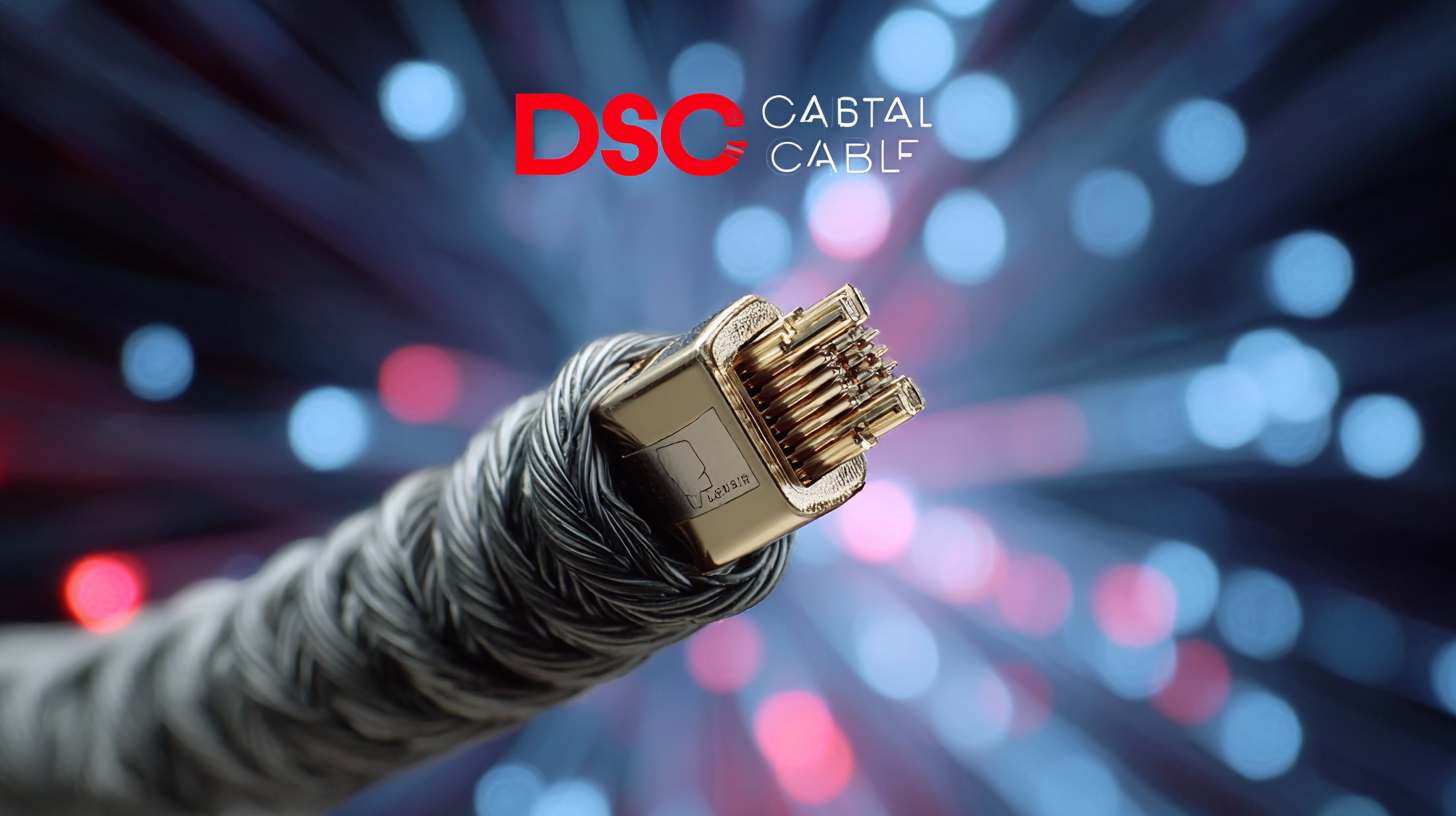Leave Your Message
In an increasingly interconnected world, the choice of connectivity solutions is critical for organizations aiming to optimize their network performance. Direct Attach Cables (DACs) have emerged as a go-to option for data centers and enterprise networks due to their ability to provide high-speed, reliable connections at a lower cost compared to traditional fiber solutions. According to a recent report by Dell'Oro Group, the market for DACs is projected to grow at a compound annual growth rate (CAGR) of over 10% through 2025, highlighting the rising adoption of these cables in modern networking environments. The advantages of choosing the best Direct Attach Cable extend beyond cost savings; they encompass reduced latency, energy efficiency, and simplified installation processes, making them a preferred choice among network professionals. This blog will delve into five key reasons why selecting the optimal DAC can significantly enhance your network's performance and reliability.

In the rapidly evolving landscape of network infrastructure, compliance with global standards is more critical than ever. The implementation of globally recognized standards ensures interoperability and reliability, reducing the risk of operational failures. For instance, the ISA/IEC 62443 series provides a proven framework that outlines essential processes for maintaining secure industrial automation. As organizations adopt these standards, they not only enhance their security posture but also demonstrate their commitment to best practices, which increasingly resonate with stakeholders and customers alike.

Moreover, with the rise of cybersecurity threats, aligning with top cybersecurity frameworks can significantly mitigate risks. A recent report indicated that nearly 70% of organizations that integrated recognized cybersecurity standards experienced a marked reduction in data breach incidents. As data privacy regulations tighten globally, the need for compliance becomes paramount. Businesses that prioritize adherence to global standards are not only protecting their networks but also establishing themselves as trustworthy leaders in a competitive market, navigating the complexities of compliance while ensuring their infrastructure remains robust and secure.
When selecting direct attach cables (DACs) for your network, understanding key performance metrics is critical. DACs vary in specifications that can significantly impact network performance, including data transfer rates, latency, and connectivity distance. Evaluating the bandwidth capabilities of the cable helps ensure it meets the demands of high-speed data transfers, especially in environments where large amounts of data are handled, such as data centers or enterprise networks.
Tips: When assessing DACs, consider not only the speed but also the compatibility with your existing hardware. Checking the minimum and maximum operating distances is essential; longer cables can introduce latency, which may affect performance. Additionally, look for DACs that support advanced features like error correction, as this can enhance reliability in high-demand scenarios.
Another critical metric is the construction and material of the cable. High-quality materials can enhance durability and performance, particularly in harsh environments. Be sure to review the manufacturer's specifications to identify cables designed for optimal performance under specific conditions. Making informed choices not only ensures the best performance but also maximizes your investment in network infrastructure.
When considering the cost-benefit analysis of high-quality cable manufacturers, it’s crucial to recognize the long-term advantages that superior materials and construction methods offer. For instance, advancements in manufacturing processes, such as automated and sustainable composite profile manufacture, underscore the importance of selecting the right products for your network. These innovations not only enhance performance but also reduce long-term operational costs. High-quality cables tend to provide better durability and lower failure rates, which ultimately saves resources and enhances reliability.
Moreover, an investment in premium direct attach cables can lead to significant efficiency improvements in network operations. As industries become increasingly reliant on digital connectivity, maintaining a high standard for cables can improve throughput and reduce latency. High-performance cables are essential, particularly as businesses adapt to new technologies and expand their infrastructure. This proactive approach not only supports current operational needs but also positions organizations to leverage future innovations within the rapidly evolving tech landscape.
When selecting direct attach cables (DACs) for your network, the manufacturer's reputation plays a critical role in ensuring reliable performance and efficiency. Industry reports indicate that cables from well-respected manufacturers tend to offer lower failure rates, with statistics showing a 20-30% reduction in downtime compared to lesser-known brands. A trusted manufacturer invests in quality control and rigorous testing processes, which translate into enhanced reliability for network infrastructures.
Tip: Always verify the manufacturer's certifications and customer reviews. A top-rated brand often undergoes third-party testing to meet international standards like ISO and IEC, guaranteeing that the cables deliver optimal performance in various environments.
Moreover, the impact of established manufacturers on network efficiency cannot be overstated. According to a recent study, networks using high-quality DACs report up to 40% higher data throughput and improved energy efficiency. This efficiency not only maximizes data transfer speeds but also reduces operational costs in the long run.
Tip: Consider the length and type of DACs your network requires. Choose cables that minimize latency and are optimized for your specific equipment to maintain high-performance levels across your network architecture.
| Criteria | Description | Impact on Network | Reliability Rating (1-5) |
|---|---|---|---|
| Quality of Materials | The materials used in manufacturing the cables. | Higher durability and performance. | 5 |
| Manufacturer's Reputation | The overall reputation of the manufacturer in the industry. | Trust and assurance in product quality. | 4 |
| Standards Compliance | Adherence to global standards (like ISO/IEC). | Ensures compatibility and performance. | 5 |
| Warranty and Support | Availability of warranty and customer support. | Reduces risks and ensures assistance. | 4 |
| Performance Metrics | Data transfer rates and efficiency ratings. | Optimizes network speed and reliability. | 5 |
In today's digital age, the demand for high-performance cables has never been more significant. The growing trend towards the electrification of modern aircraft, as highlighted in recent market analyses, emphasizes the need for advanced wiring solutions, including high-voltage cable systems. These innovations are critical in supporting sophisticated propulsion technologies, battery integration, and power-enhanced systems. As industries evolve, the focus on superior data transmission through direct attach cables becomes crucial, driving enhancements in reliability and speed.

The future of data transmission is undeniably intertwined with the rapid advancements in technologies like 5G, cloud computing, and artificial intelligence. The data center ecosystem is undergoing a transformation to accommodate low latency and high bandwidth requirements. As organizations increasingly rely on efficient data exchanges, the demand for superior cabling solutions will continue to grow. Reports indicate that the market for fiber optic cables is expected to exceed a staggering $13 billion by 2024, reflecting an annual growth rate fueled by escalating needs for speedy internet connectivity and robust network infrastructure.
